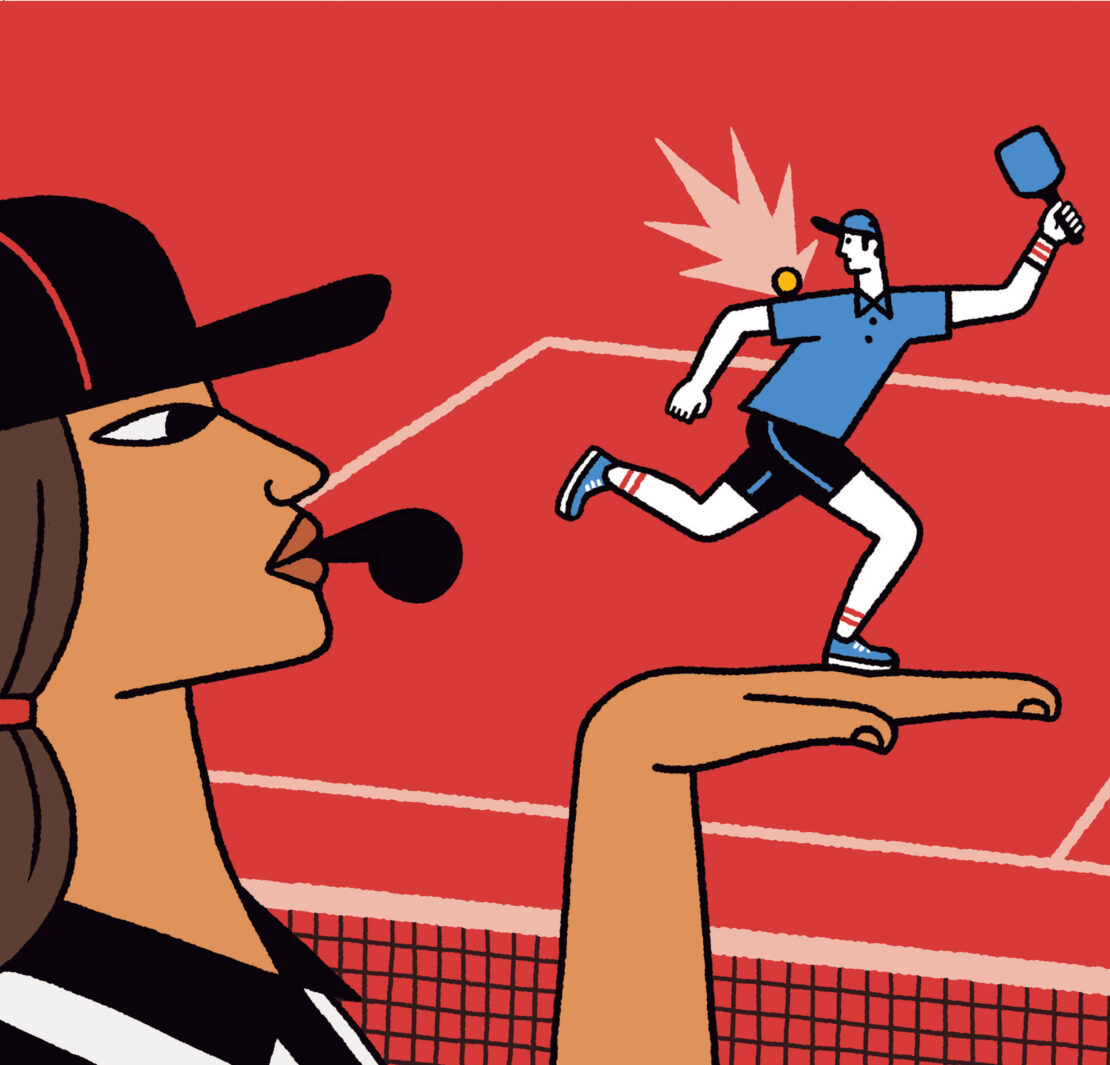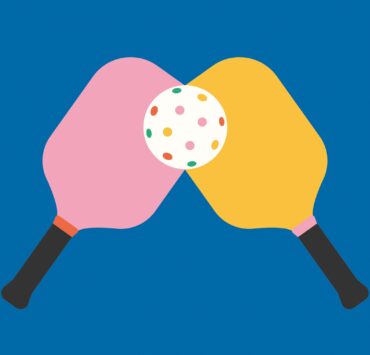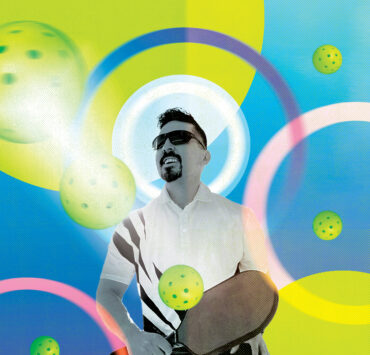
IS INTENTIONAL TAGGING A LEGITIMATE MOVE OR DIRTY PLAY?
A: In pickleball circles, casual discussions quickly give way to heated debates on the legitimacy of hitting or, in softer terms, “tagging” an opponent with the ball. Rule 7.H in the 81-page official rulebook states that a fault will be declared if the ball contacts “a player or anything the player is wearing or carrying, except the paddle or the player’s hand(s) in contact with the paddle and below the wrist.” But because the rule doesn’t explicitly mention or prohibit tagging, there’s little consensus among players on exactly how it should be interpreted.
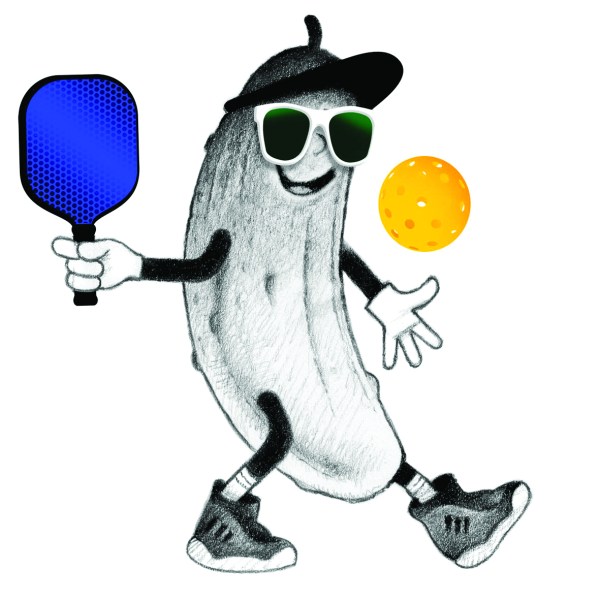
Tim Chesnutt, who is told he plays at about a 4.0 level, falls on the anti-tagging side of the argument. The Gaithersburg, Maryland, 65-year-old has been playing pickleball for a year and a half and takes issue with the concept of intentionally hitting an opponent—at his own level, at least.
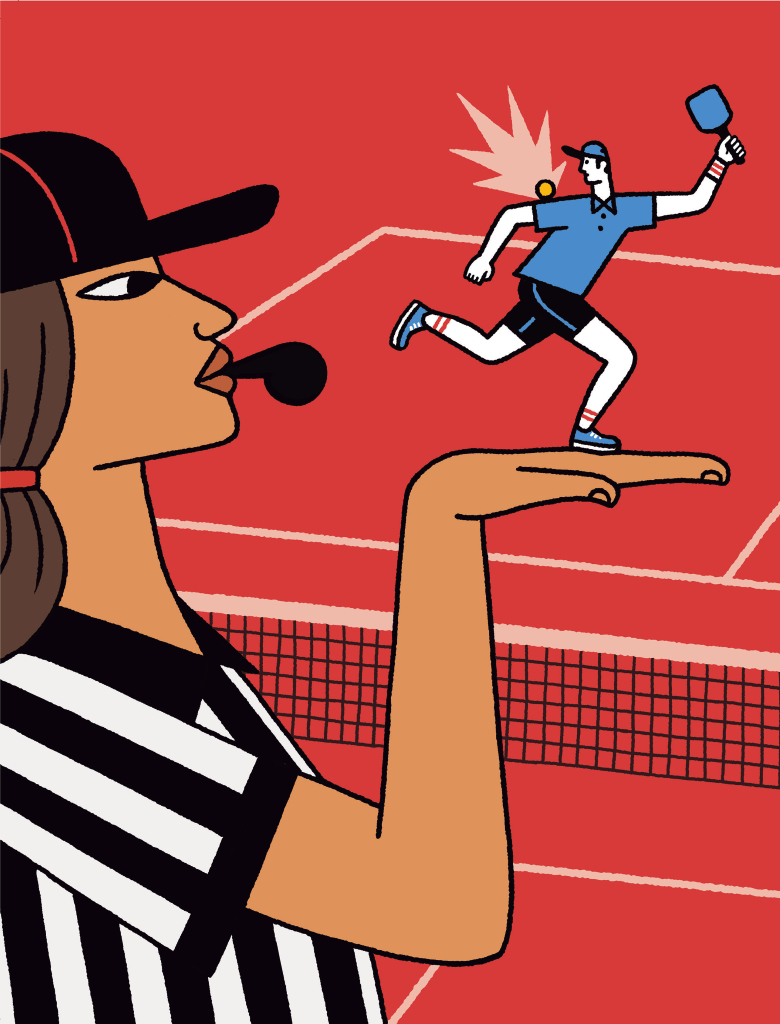
Chesnutt sees it happening in higher levels of play, “given the letter of the law” and the subsequently more demanding pace, but he doesn’t condone the move. “In baseball, if a pitcher is thought to be throwing at or hitting a batter intentionally, the pitcher [is] punished,” he says.
Meanwhile, many pickleball players see hitting an opponent as simply part of the game. “I don’t think anyone wants to hit anyone, but that’s the shot that’s hardest to return,” explains Rick Rassier, 61, of St. Cloud, Minnesota. Rassier doesn’t know how many times he’s been hit in the face and vice versa.
Meanwhile, Michelle Naiman Simpson of Oklahoma City can recall several times she’s almost been hit in the face, a move she doesn’t tolerate. Tagging is fine, says the 50-year-old, but aiming above the shoulders should be the exception.
Tagging an opponent is, for Dan Ewing, 47, “one of the better aspects of the sport,” though he also disagrees with taking aim at the head. For Thunder Dan, as he’s known in certain Lexington, Kentucky, pickleball sets, there’s no benefit to aiming that high, not to mention there’s a greater risk of injury. Otherwise, tagging is all right by him: “You can drill an opponent with a good shot, score a point or win a rally with it, and not feel guilty about it.”
“I’ve tagged and been tagged dozens or hundreds of times with no significant injuries,” Ewing adds. “It’s just part of the game.”
Ewing, however, won’t target a new player or someone not at his skill level, a 4.5 before recent knee surgery. That would be “inappropriate.” Similarly, Naiman Simpson considers her opponent before going all-in: “I’d hit a 30-year-old tougher than I would a 70-year-old.”
Rassier, on the other hand, maintains that no body parts are off-limits, according to his understanding of rule 7.H. He’s also a former volleyball player and admits he’s had his fair share of volleyballs to the face. The way he sees it, “If you can’t take the heat, stay out of the kitchen.”

